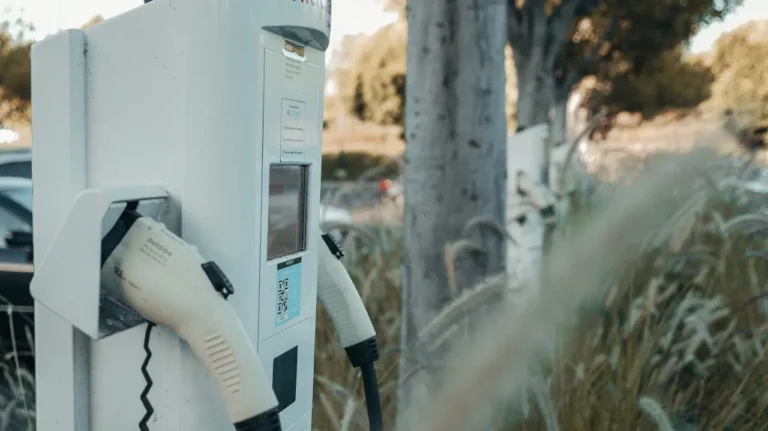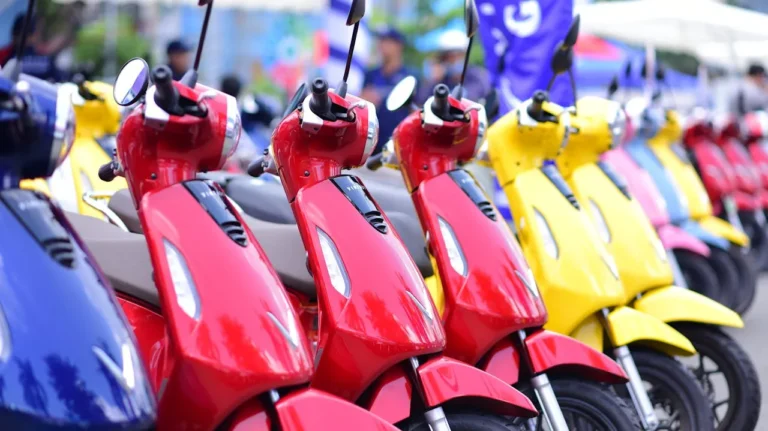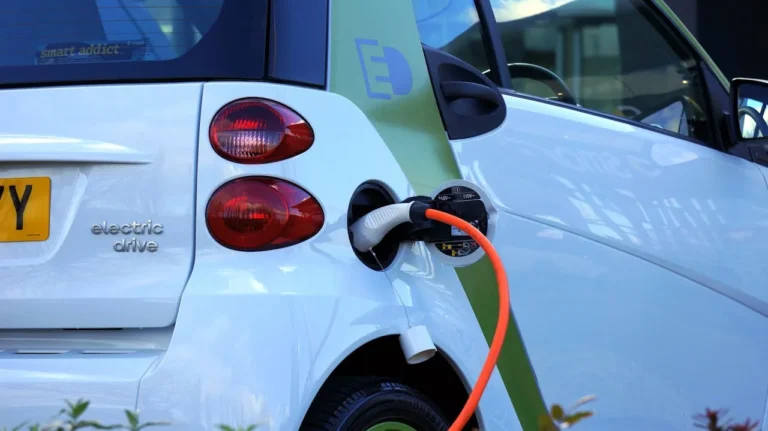
- Growing demand for electric vehicles is reshaping manufacturing force chains, according to a new report by DP World and Canary Media’s Canary Creative. “ Navigating the openings and Challenges of an Electric Vehicle- Centric Manufacturing Supply Chain ” offers an analysis of the fleetly evolving geography of the automotive assiduity as it transitions towards electric vehicles( EVs).
Available for download now, the report provides an examination of how this shift impacts manufacturing force chains. It sheds light on crucial areas similar as the critical part of batteries, the metamorphosis of plant bottom logistics, the changing demands for corridor and conservation, and the integration of indirect frugality principles. This analysis is pivotal for stakeholders in the automotive and logistics sectors to understand the complications and prospects of the EV- centric terrain. “ As the world moves towards a further sustainable future with electric vehicles, it’s imperative to understand the counteraccusations for the force chain. Our report offers precious perceptivity into how companies can navigate this transition, pressing both the challenges and openings ahead, ” said Brian Enright, CEO and Managing Director of DP World, Americas. The report examines some of the most consequential progressions forU.S. manufacturers across the arising EV force chain, including The Battery Supply Chain. The battery force chain for EVs is central to the assiduity, with batteries being the dear element. This is driving focus on the propinquity between battery product and EV assembly lines. The shift to EVs necessitates changes in plant structure and logistics, including technical storehouse and transport to handle battery safety enterprises and to accommodate their substantial weight and size.
From plant bottom to the client Door. For EV force chains, there’s a need for substantial differences in established auto manufacturing installations to acclimatize to the unique conditions of EV product, similar as outfit for heavy battery running. This transition also influences logistics, challenging a shift from traditional manufacturing processes to styles that accommodate the distinct nature of EVs, including changes in storehouse, transport, and delivery to insure safety and effectiveness.
Low- conservation EVs. Lower conservation than their ICE counterparts, EVs significantly reduce the number and complexity of traditional automotive corridor and conservation services. This shift is leading to changes in force chain and logistics practices, with a move towards further streamlined and effective processes.
The Circular Economy of EVs. The report underscores the eventuality of a indirect frugality in the EV sector, emphasizing the repurposing of applicable minerals for new batteries and reducing reliance on imported minerals. This approach not only bolsters force chain trustability and reduces geopolitical pitfalls but also aligns with environmental sustainability by fostering recycling and exercise of critical battery factors.
“ Navigating the openings and Challenges of an Electric Vehicle- Centric Manufacturing Supply Chain ” is available now on the Canary Media website.







